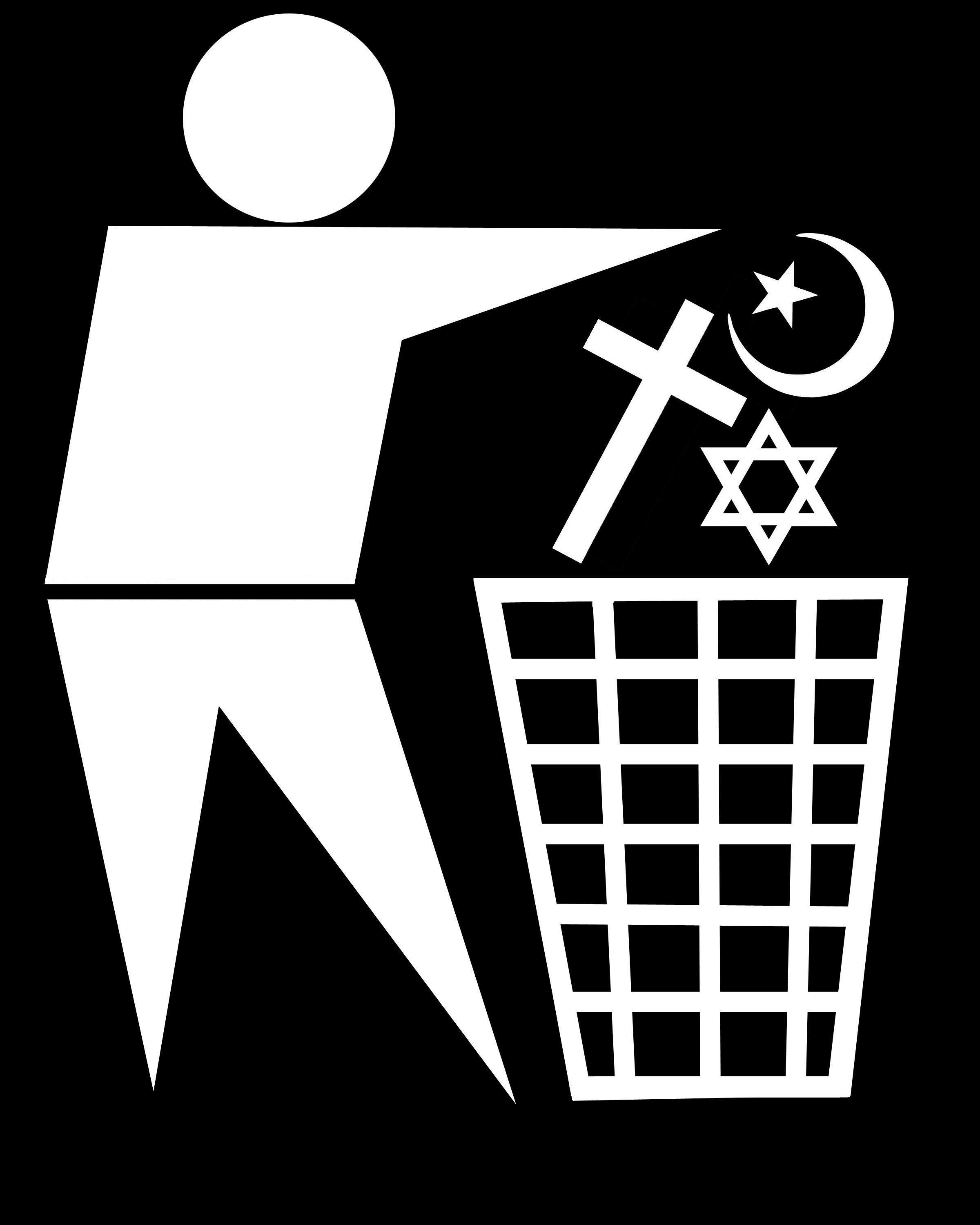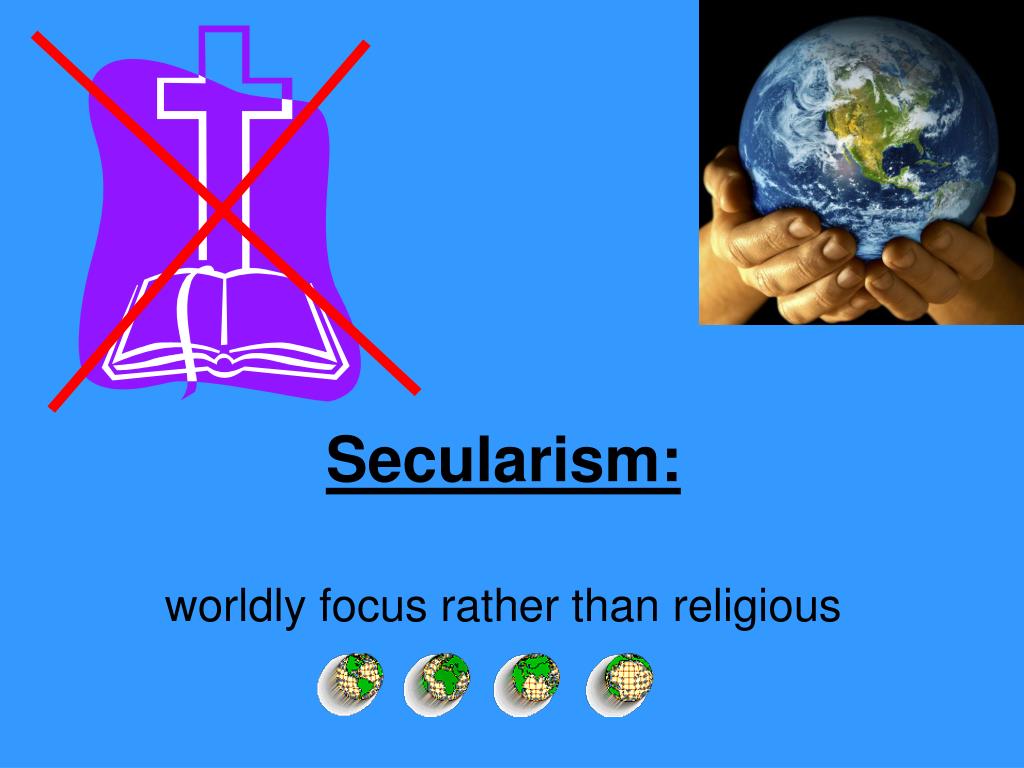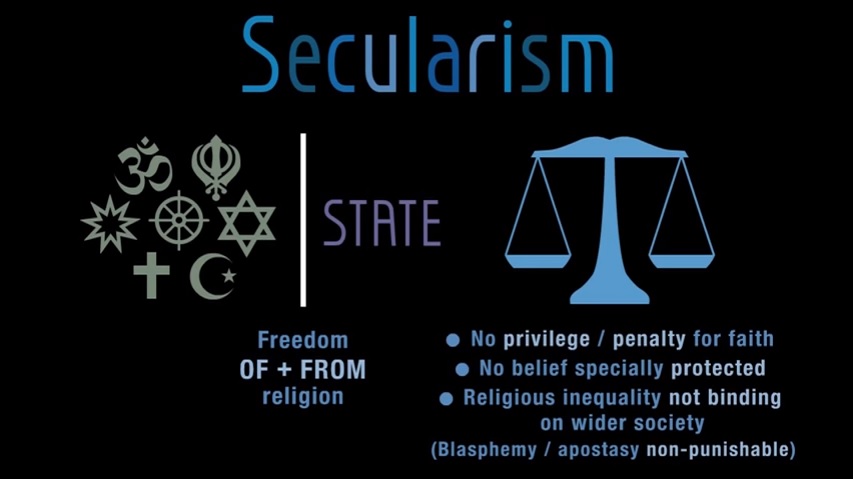The Quiet Revolution: Is Iran Truly Becoming Secular?
Table of Contents
- Historical Roots of Secularism in Iran
- The Islamic Revolution and its Aftermath
- Unveiling the Secular Shift: The Gamaan Survey
- Iranians' Desire for Separation of Religion and Politics
- The 'Woman, Life, Freedom' Movement and Secular Aspirations
- Pathways to a Secular and Diverse Iran
- The Future of Secularism in Iran
Historical Roots of Secularism in Iran
To understand the current trajectory towards a more **secular Iran**, it's crucial to look back at its modern history. The seeds of secularism were sown long before the 1979 revolution, particularly during the Pahlavi dynasty. Under Reza Shah Pahlavi, Iran embarked on an ambitious modernization program in the early to mid-20th century, heavily influenced by Western ideals. This era saw a deliberate effort to reduce the pervasive influence of the Shi'a clergy in public life and introduce secular laws and institutions. Reza Shah's vision for a new Iran was deeply intertwined with the concept of secular reforms. He focused significantly on education, aiming to establish a modern, state-controlled educational system that would replace traditional religious schools. Crucially, he championed women's emancipation, believing it was fundamental to the nation's progress. He famously asserted that Iran's freedom was contingent on women's liberation, noting that until then, the country had acted "as if women were different people and did not count among" the population. This push for women's rights, including the controversial ban on the veil in 1936, was a direct challenge to traditional religious norms and a cornerstone of his secularizing agenda. However, the path to secularization was not linear or unchallenged. While Iran under the Pahlavis could be described as a hybrid of monarchy with secular laws and reforms, the society itself remained largely followers of Shia Islam. The religious establishment, though curbed, retained significant influence, particularly at the grassroots level. During a brief period of restored democracy from 1941 to 1953, the Shi'a clergy were even able to return to their previous level of power and influence, demonstrating the enduring strength of religious institutions despite the state's secularizing efforts. This historical context highlights the inherent tension between state-led secularization and a deeply religious populace, a tension that would ultimately erupt in 1979.The Islamic Revolution and its Aftermath
The year 1979 marked a pivotal turning point in Iranian history. Ayatollah Khomeini spearheaded the Islamic Revolution, a movement that resonated with millions of people and ultimately toppled the secular Shah regime. This revolution fundamentally reshaped Iran, transforming it from a monarchy with secular leanings into an Islamic Republic governed by religious law. The revolution was, in many ways, a rejection of the Shah's Western-backed secularization and a reassertion of religious identity and values in public life. However, the very success of the Islamic Revolution inadvertently exposed a fundamental weakness in Iranian political life in modern times: the absence of a secular, nationalist ideology strong enough to sustain a "war on two fronts" – against both external influences and internal religious conservatism. As Iranian historian Mangol Bayat observes, the 1978 revolution pointed out this critical deficiency. While the revolution succeeded in replacing one form of governance with another, it perhaps did not fully account for the long-term aspirations of a populace that had experienced a taste of modernity and secular freedoms. The imposition of a strict religious framework, while initially embraced by a significant portion of the population, would eventually lead to new forms of societal friction and a renewed yearning for a more **secular Iran**.Unveiling the Secular Shift: The Gamaan Survey
Perhaps the most compelling evidence of Iran's quiet transformation comes from recent groundbreaking research. A survey conducted by Gamaan (Group for Analyzing and Measuring Attitudes in Iran) went viral in Iran, revealing just how secular the country has truly become. This survey, which collected an astonishing 50,000 samples, showed an undeniable secular shift across Iran, challenging the official narrative that often presents Iran as an almost uniformly religious nation. The results of the Gamaan survey reveal dramatic changes in Iranian religiosity, with a significant increase in secularization and a growing diversity of faiths and beliefs. While Iran's census figures officially claim a 99.5% adherence to Islam, the Gamaan survey found starkly different realities on the ground. For instance, a remarkable 47 percent of respondents claimed that in their lifetime, they had transitioned from being religious to non-religious. This figure alone speaks volumes about the personal journeys of millions of Iranians and their evolving relationship with faith. The survey's findings suggest that Iran, historically a deeply religious nation, might indeed be on the brink of a dramatic transformation into a secular state.The Polling Problem and Fear Factor
Conducting surveys in a country like Iran, where freedom of expression can be limited, presents unique challenges. The researchers behind the Gamaan survey had to navigate a complex environment, including the "skewing effect of fear," which can lead respondents to provide answers they believe are socially or politically acceptable rather than their true beliefs. Understanding "how two researchers got to the heart of a polling problem" in such an environment is crucial to appreciating the validity and significance of their findings. By employing sophisticated methodologies and ensuring anonymity, Gamaan was able to mitigate these fears, allowing for a more accurate reflection of public opinion. The viral spread of the survey results within Iran itself further underscored its resonance and the widespread recognition of its findings among the populace.Iranians' Desire for Separation of Religion and Politics
Beyond personal religiosity, the Gamaan survey and other analyses shed light on a crucial political dimension: the extent to which Iranians reject the foundational principle of the Islamic regime and support secular politics. The data is striking. A paper analyzing survey data from 2000, 2005, and 2020 contends that in 2020, a significant 70% of Iranian adults supported the separation of religion and politics, with only 30% opposing it. Furthermore, no more than 9% strongly favored an Islamic political system. These figures indicate a clear and growing preference for a secular government, where religious institutions do not dictate state affairs. The trend is consistent, with more recent data reinforcing this sentiment. Currently, an overwhelming 73% of Iranians support the idea of separating Islam from the state and advocating for a secular government. This widespread support for secular governance is a powerful indicator of the profound ideological shift occurring within the country, directly challenging the legitimacy of the current system.A Growing Consensus for Secular Governance
The high percentages supporting the separation of religion and politics are not merely statistical anomalies; they represent a growing consensus among the Iranian populace. This consensus is driven by various factors, including dissatisfaction with the economic situation, perceived corruption, and the restrictive social policies enforced by the religious establishment. For many, the concept of a **secular Iran** represents not just a political ideal but a pathway to greater personal freedoms, economic prosperity, and a more inclusive society. The demand for a secular government is thus a multifaceted aspiration, encompassing both political and socio-economic dimensions.The 'Woman, Life, Freedom' Movement and Secular Aspirations
The recent "Woman, Life, Freedom" (Zan, Zendegi, Azadi) resistance chant that swept across Iran speaks directly to the potential promise of secular change. This powerful movement, ignited by the death of Mahsa Amini, saw millions of Iranians, particularly women and youth, protesting against the compulsory hijab and the broader restrictions imposed by the Islamic Republic. While not explicitly a secular movement, its core demands—for greater personal freedom, dignity, and autonomy—are deeply aligned with secular values. The rejection of mandatory religious dress codes and the call for choice are direct challenges to the religious authority's control over public life, signaling a strong desire for a more **secular Iran** where individual liberties are prioritized over religious mandates. However, calls for a secular Iran are not without their critics, both within and outside the country. A recurring criticism emanates from a suspicion that secularism is a thinly veiled imperialist or colonialist tool for subversion, dressed up in the language of freedom and progress. This perspective often argues that Western powers historically used secularization as a means to undermine local cultures and impose their influence. While this historical context is important, it's crucial to distinguish between externally imposed secularism and an organic, internal desire for secular governance that arises from the lived experiences and aspirations of the Iranian people themselves. The "Woman, Life, Freedom" movement, being largely indigenous and grassroots, serves as a powerful counter-argument to the "imperialist tool" critique, demonstrating an authentic demand for change from within.Pathways to a Secular and Diverse Iran
Given the widespread desire for secular change, various groups and movements are actively formulating plans for a future **secular Iran**. One notable example is the democratic transitional plan for Iran, written by the Secular Free Balochistan Movement, headed by the renowned Baloch leader Hyrbyair Marri. This plan is significant because it represents an effort to build a broad consensus among Iran's diverse ethnic groups, including Kurds, Ahwazis, and Azeris, who have often felt marginalized under the current centralized system. The Free Balochistan Movement has presented its transitional plan to these other ethnic groups, seeking to create a unified front for a democratic and secular future. This approach recognizes that a truly secular Iran must also be a diverse Iran, respecting the rights and identities of all its constituent communities. Such a plan envisions a political system where power is decentralized, and no single religious or ethnic group dominates, ensuring equality and representation for all.Broad Consensus Among Ethnic Groups
The fact that this transitional plan "finds a broad consensus" among various ethnic groups is a critical development. Iran is a multi-ethnic nation, and any successful transition to a **secular Iran** will require the active participation and agreement of these diverse communities. The consensus around a democratic and secular framework suggests a shared understanding that the current religiously-driven system has failed to adequately represent or serve the interests of all Iranians, regardless of their ethnic or religious background. This multi-ethnic support strengthens the legitimacy and viability of the movement towards a secular state, indicating a collective yearning for a future where religious affiliation does not determine citizenship rights or political participation.The Future of Secularism in Iran
The evidence strongly suggests that Iran, historically a deeply religious nation, might indeed be on the brink of a dramatic transformation into a secular state. The growing disconnect between the official religious narrative and the lived realities of millions of Iranians is undeniable. The high percentage of individuals who have become non-religious in their lifetime, coupled with overwhelming support for the separation of religion and politics, paints a clear picture of a society increasingly moving away from theocratic governance. This shift is not merely a rejection of the current regime but a profound re-evaluation of the role of religion in public and private life. It reflects a desire for a society that embraces diversity, individual freedom, and democratic principles. The "Woman, Life, Freedom" movement has amplified these aspirations, demonstrating the collective power of a populace yearning for change.Challenges and Opportunities for a Secular Iran
While the desire for a **secular Iran** is strong, the path forward is fraught with challenges. The current regime remains entrenched, and any transition would likely face significant resistance. The "fragility of secular politics in Iran," as noted by historian Mangol Bayat, highlights the historical difficulty in establishing a robust secular ideology capable of navigating complex political landscapes. There is also the lingering suspicion, fueled by historical grievances, that secularism could be a tool for external interference. However, these challenges are met with significant opportunities. The broad consensus among diverse ethnic groups for a democratic and secular future offers a powerful foundation for unity. The increasing secularization of society means that a future secular government would likely find widespread popular support, making it more stable and legitimate in the long run. A truly **secular and diverse Iran** could unlock its full potential, fostering innovation, protecting human rights, and building a more prosperous and inclusive society for all its citizens. The journey will be long and complex, but the seeds of a quiet revolution have been sown, and their growth is becoming increasingly visible.Conclusion
The narrative of Iran as a monolithically religious state is rapidly unraveling. Beneath the surface of official pronouncements, a profound and undeniable shift towards secularism is taking root, driven by the aspirations of its people. From the historical attempts at modernization under the Pahlavis to the groundbreaking revelations of the Gamaan survey, the data consistently points to a nation increasingly yearning for the separation of religion and politics. The widespread support for a **secular Iran**, coupled with the powerful momentum of movements like "Woman, Life, Freedom," signals a fundamental reorientation of Iranian society. While the path to a truly secular state will undoubtedly be challenging, marked by historical complexities and potential resistance, the growing consensus among Iranians for such a future is a powerful force. This quiet revolution, driven by a desire for individual freedom, diversity, and democratic governance, holds the potential to reshape Iran's destiny. What are your thoughts on Iran's evolving religious landscape and the growing desire for a secular state? Do you believe this transformation is inevitable, or will the existing power structures manage to stem the tide? Share your insights and perspectives in the comments below, and let's continue this vital conversation about the future of Iran.
secular - definition - What is

PPT - Unit IV PowerPoint Presentation, free download - ID:5584393

S1 copy1 copy1 at emaze Presentation